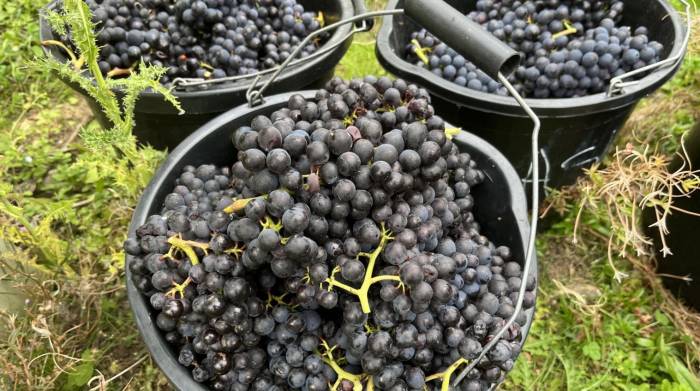Record Grape Harvest Boosts English Wine Industry Amid Unprecedented Summer Heat
East Anglia vineyards report high yields and quality as climate conditions drive growth in production, tourism, and rural employment
2025-10-04

A summer marked by persistent heatwaves has led to a record grape harvest for wine producers in eastern England. The region, particularly East Anglia, has seen ideal conditions for grape growing, with a combination of high temperatures and timely rainfall. This climate has allowed vineyards to begin picking grapes earlier than usual and has resulted in both high yields and quality fruit.
Flint Vineyard, located on the Norfolk and Suffolk border near Bungay, is among those benefiting from the favorable weather. Dan Kirby, who manages the eight-hectare site, described this year as “almost perfect” for grape production. He noted that while 2022 was hot and dry, this year’s mix of heat and occasional rain created optimal conditions. The vineyard has recently expanded its plantings to include Bacchus and Pinot Noir for still wines, as well as hybrid varieties intended for sparkling wines.
Ben Witchell, co-founder of Flint Vineyard, said that reduced frost this year contributed to increased production. “It has been a good year; we’ve had high yields and high quality,” he said. The vineyard is investing in new wine presses to keep up with demand and hopes that more consumers will develop a taste for locally produced wines.
The growth in wine production is mirrored by an increase in the number of vineyards across the United Kingdom. Over the past year, the total number of vineyards has risen by 7 percent to more than 1,100. Many of these businesses are also capitalizing on tourism, which has surged by 55 percent in the last year. According to Nick Watson, a grape grower and consultant at WineGB, about 1.5 million people visited UK vineyards over the past year.
Watson emphasized that vineyards are not only producing more wine but are also providing valuable employment opportunities in rural areas. He said that vineyards employ about 20 percent more labor compared to traditional farming operations. Projections suggest that by 2040, around 30,000 people could be working in the UK’s vineyard sector.
East Anglia’s climate is particularly well-suited for grape growing. The region is one of Britain’s driest and sunniest areas, making it ideal for varieties like Bacchus and Pinot Noir. Other grapes commonly grown include Solaris, Madeleine Angevine, Reichensteiner, Schönburger, Seyval, and Pinot Blanc.
Producers and industry representatives are lobbying the government to support the sector further as it continues to expand. They argue that vineyards contribute significantly to rural economies through job creation and tourism revenue.
As British wine gains recognition for its quality and diversity, local producers hope that more consumers will choose homegrown bottles over imports. With continued favorable weather patterns and investment in new technology, the outlook for English wine appears promising.
Founded in 2007, Vinetur® is a registered trademark of VGSC S.L. with a long history in the wine industry.
VGSC, S.L. with VAT number B70255591 is a spanish company legally registered in the Commercial Register of the city of Santiago de Compostela, with registration number: Bulletin 181, Reference 356049 in Volume 13, Page 107, Section 6, Sheet 45028, Entry 2.
Email: [email protected]
Headquarters and offices located in Vilagarcia de Arousa, Spain.